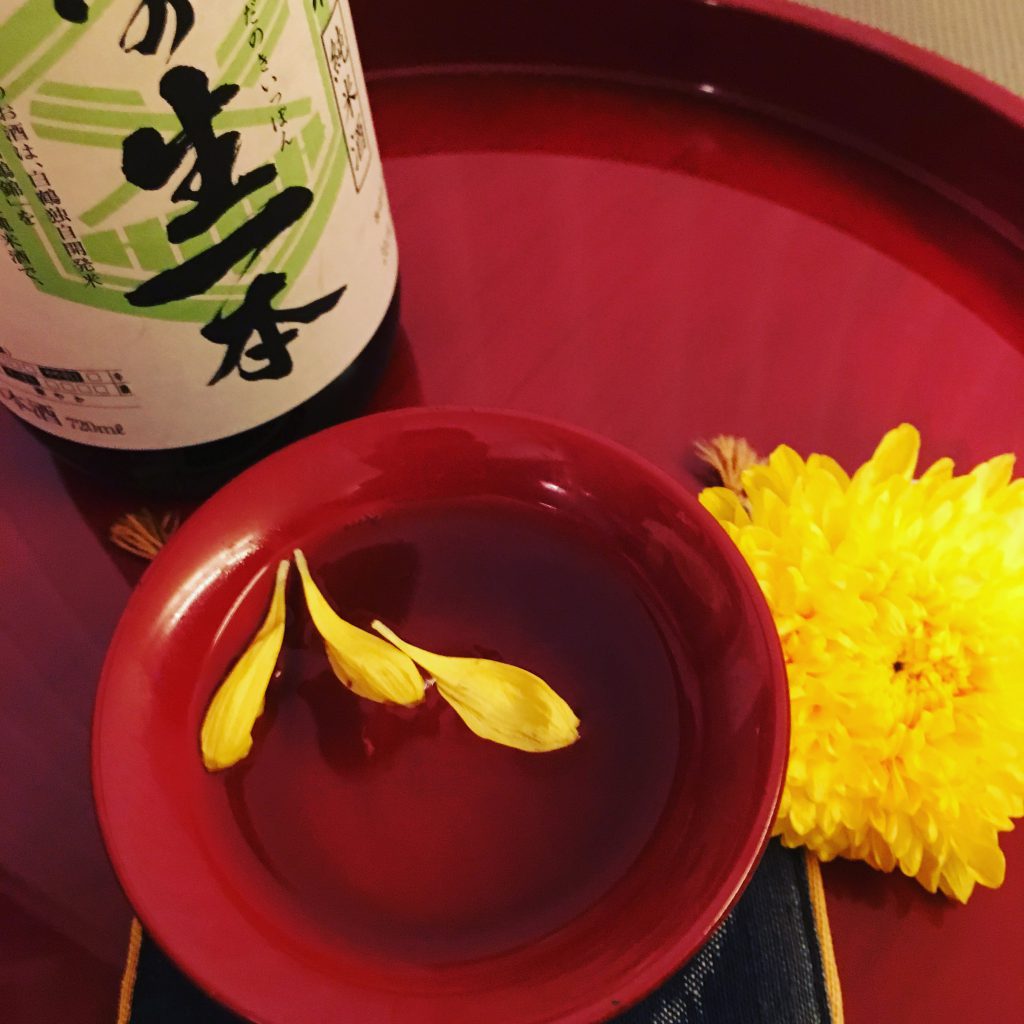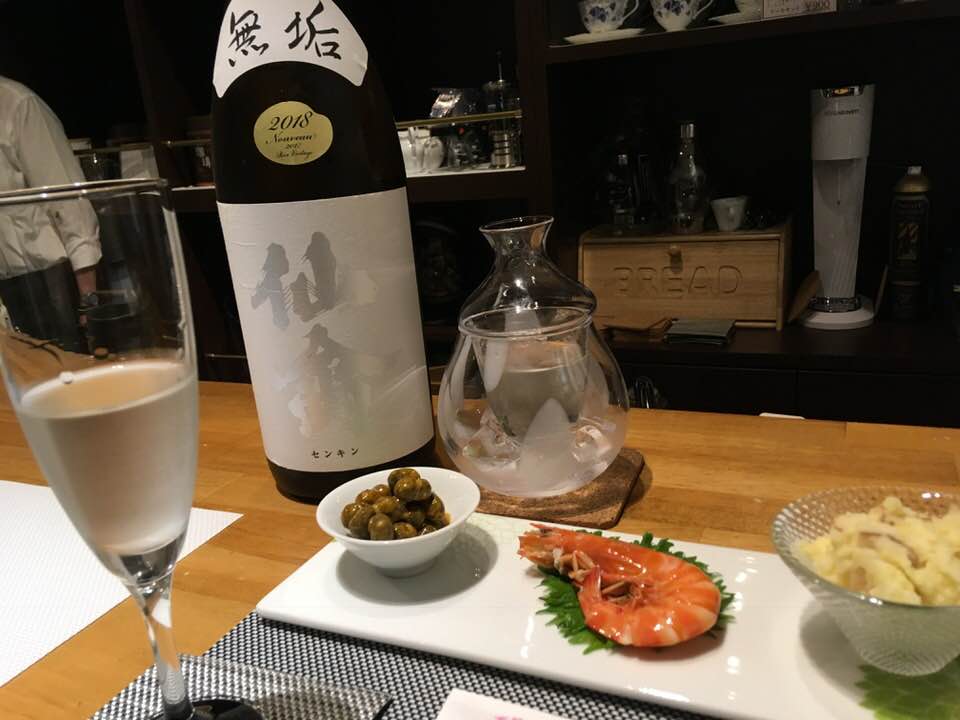About Sake

What is Sake?
Sake is similar to beer and wine, because it is brewed.
While beer is made by fermenting malt, sake is made by fermenting steamed rice.
But,Sake is produced by a more complex process called parallel double fermentation compared to single fermentation for wine.
The appearance is usually colorless and transparent, but some are slightly colored and cloudy, and others are fizzy like sparkling wine.
The aroma of Sake is more subtle than wine and beer and has a distinctive smell, but some have a scent of flowers or fruit.
If you want to know more about Sake, click on the link below.
Learn more about Sake
Sake & Food

Sake goes well with all foods, it can be said that it is suitable for drinking during meals.However, Sake also has character depending on the type, so let’s look at according to these different personalities
Type of Sake by flavour
When talking about the taste of Sake, we often use the words sweet and dry, but this expression only captures one side of the character of Sake. As the reason, the elements of feeling dry in sake that the pungency of alcohol and the level of sugar content, but all the tastes of sake have a certain sweetness, feeling the factors as sweetness that the first attack or the top note. Therefore, the judgment has changed depending on what its focused on .Therefore, even the same sake can be felt sweet or spicy by the drinker.
There are methods to grouping the flavor of Sake according to the aroma and taste, so it is a good idea to find your favorite Sake and match it with foods.
4 types grouping by aroma and taste
Kun-shu
A fresh aroma with a refreshing taste.
Daiginjo-shu / Junmai Daiginjo-shu, Ginjo-shu / Junmai Ginjo-shu, etc.
Representative examples of combinations with foods
Since it has a fruity aroma and light flesh flavor, it can be used as an aperitif or with hors d’oeuvres.
Example : Sunomono(marinade dish),grilled white fish , steamed shellfish in sake, etc.
Sou-shu
The aroma is subtle, but smooth and refreshing.
This type is the most common type of Sake, such as Honjozo-shu, Ginjo-shu / Junmai Ginjo-shu, and Junmai-shu.
Representative examples of combinations with foods
Since it has a refreshing taste, it goes well with all types of food.
Example : Sashimi, Tempura, Sushi, Sukiyaki, Unagi no kabayaki (grilled eel), Yakitori, Nabe-mono (hot pot), Hiyayakko (chilled-tofu), Yudofu (hot pot tofu),Zaru-soba etc.
Jun-shu
The aroma is subtle, but it has a rich flavor, full body with “Umami”taste and smells like steamed rice.
There are many types of Junmai-shu.
This is especially true for sake type of “Kimoto” and “Yamahai” ※ .
Representative examples of combinations with foods
Because it has a rich and delicious taste, it is suitable for a drink during eating. Because it brings out the taste of Umami in Dashi (soup stock), it goes well with dishes that taste of Dashi. On the other hand, it also goes well with rich foods, for example Templa.
Especially, “Kimoto” and “Yamahai” is particularly compatible with fermented foods.
Example : Tempura, Sukiyaki, Unagi no kabayaki (grilled eel), Yakitori, Nabe-mono (hot pot), Yudofu (hot pot tofu),Nimono (stewed food), Oden, Side dish for Sake etc.
Juku-shu
A matured fragrance with richness.
It is called “Jukusei-shu”, “Jukusei ko-shu” or “Ko-shu”.
Representative examples of combinations with foods
Since it has an aged and rich taste and aroma that makes you think of spices and nuts, it is an after-meal drink.Also, you can enjoy it with dishes with a strong flavor.
Example : Sukiyaki, Unagi no kabayaki (grilled eel), etc.
Kimoto・Yamahai ※
Generally,brewers use lactic acid bacteria purely cultured in the first process of brewing sake ( “moto-dukuri” : sake mother making). But minority brewers use “Kimoto-method”. It is a traditional method that uses lactic acid bacteria naturally inhabiting brewery. This method bringed the rich flavor increases.
“Yamahai”is one of the techniques of “Kimoto-metho”.In the process of making traditional Kimoto-method, there is a heavy labor work in which steamed rice is put in a tub and crushed with stick.This work is called “Yama-oroshi” In the Meiji era, there was a research result that there was no difference in the quality of sake with and without this work, therefore, it has become common to do without this work.This method is called “Yama-hai” because it has cease doing “Yama-oroshi”process.
Usually,we say “Kimoto”is full-processed, “Yamahai” uses less “Yamaporoshi” under “Kimoto-method”.
“Yamahai” is one of the techniques for “Kimoto-method”, so it’s confusing.
